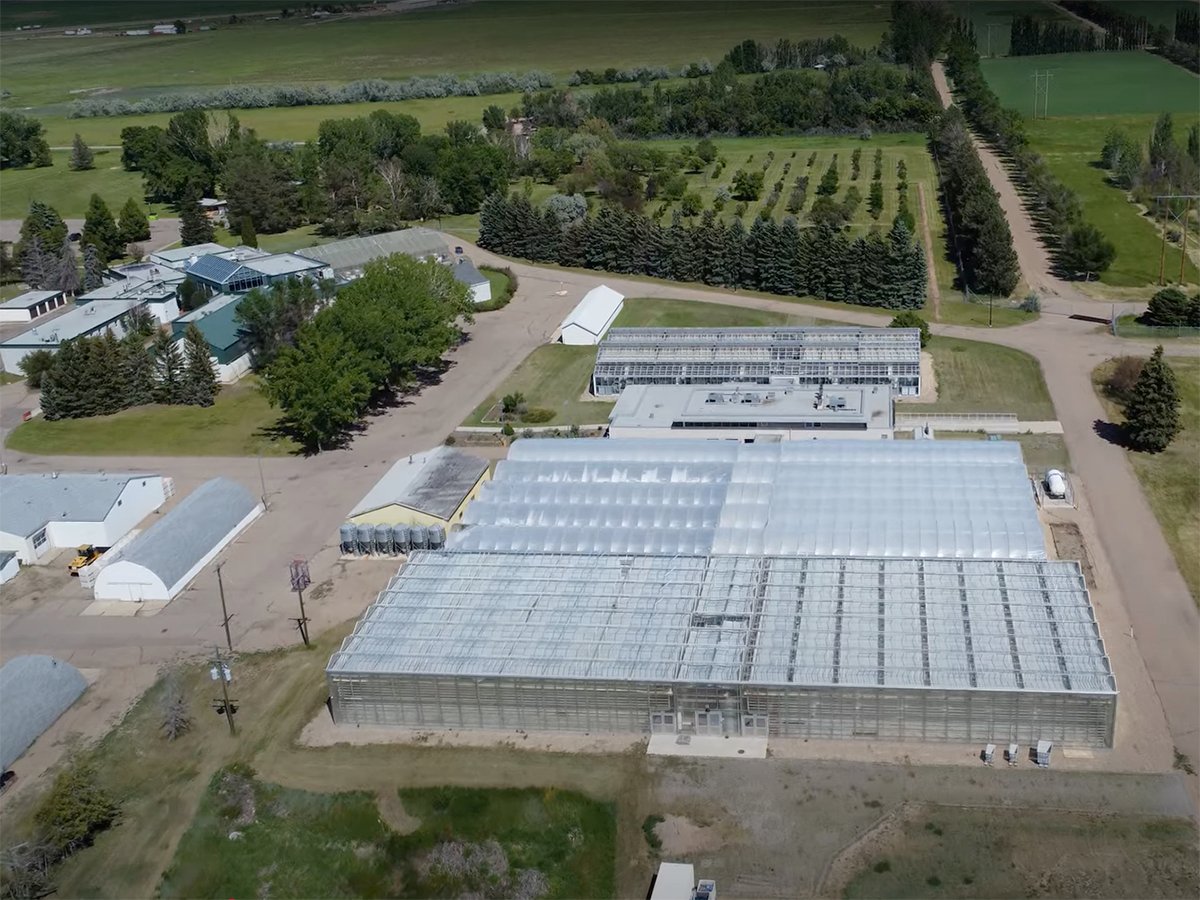It’s an attitude farmers and grain companies have adopted over the
years.
Now Toronto bankers and stock market investors are discovering the
meaning of the phrase, “there’s always next year.”
David Schroeder, grain industry analyst for Dominion Bond Rating
Service said, “I think they’re learning that.”
For the second year in a row, grain handling companies are going to be
hit hard by drought, forcing the companies, along with their lenders
and investors, to put off hopes for a return to profitability for yet
Read Also

Alberta crop diversification centres receive funding
$5.2 million of provincial funding pumped into crop diversity research centres
another year.
“These guys are volume sensitive and it’s really going to hurt the
bottom line,” Schroeder said from Toronto.
“Nobody’s going to make money moving grain this year. We’re going to
see pretty decent losses for all companies, especially the big guys.”
Sales of farm inputs, which often provide significant dollars, are also
expected to be way down this fall.
Cargill Inc. president Kerry Hawkins said grain handlers will be taking
drastic steps to protect their bottom lines.
“You’ll see a lot of facilities closing temporarily and lots of layoffs
and job losses,” Hawkins said in an interview from Cargill’s Winnipeg
headquarters.
Production of the major grains in Western Canada is forecast to be down
sharply this year.
For example, the Canadian Wheat Board is predicting a harvest of 12.2
million tonnes of spring wheat, down from the five-year average of 18.3
million. Barley production is forecast to be 7.8 million tonnes, down
from the average of 11.7 million.
Hawkins said those numbers spell big trouble throughout the grain
sector and rural economy.
“You’re talking about a devastating impact in terms of what we can sell
in the world marketplace, what it means to farmers and their cash flow,
what it means to grain companies, what it means to the railways,” he
said. “The list goes right on down to the local car dealer.”
He said Cargill has not yet done a detailed assessment of how its
business will be affected and what steps it might take, since there is
still some uncertainty about the final crop numbers.
But he said the outlook for all companies is obviously bleak.
“Nothing can happen to make it better,” he said. “Things can happen to
make it worse.”
Brian Hayward, chief executive officer of Agricore United, said while
grain volumes and revenues will be down, his company will benefit from
the effects of the merger that gave it birth in 2001.
He said that as of June 30, the company had realized $58 million in
savings directly attributable to the merger.
“That will help mitigate this a little bit,” he said.
The grim outlook facing grain handlers is reflected in the stock price
of publicly traded firms. Saskatchewan Wheat Pool’s shares on the
Toronto Stock Exchange closed Aug. 16 at $1.55, compared with the
52-week high of $2.90.
Agricore United shares closed that day at $6.26, compared with the
52-week high of $12.50.
“The stock market reflects the short run realities of what’s
occurring,” said Hayward. “But the longer run business plans will ride
through these things. It will just take longer for some of the plans
that various people have had to come to fruition because of the
drought.”
Bill Mooney, vice-president of Pioneer Grain Corp., said in times like
these, companies have to go back to the drawing board.
“You control your costs, maximize your revenues and seek out
opportunities where they may exist,” he said. “We go back to the basic
execution of business practice.”
He added the companies won’t know exactly what they’re dealing with
until after harvest: “That’s what’s going to really give the true story
of what this industry is in for.”
Hawkins fears some companies could be put into a precarious financial
position by the dramatic drop in handling revenues.
“You have companies that are leveraged up to their eyeballs and have
got cash flow issues with their lenders,” he said. “They got a reprieve
last year but with two bad years in a row, what are their bankers going
to do?”
But Schroeder said there’s not much lenders and financiers can do at
this point other than hang on and pray for rain for next year.
“The current management in these companies are the best ones to ride
the storm out,” he said. “The companies have already cut back a lot …
and there’s only so much more they can do.”














